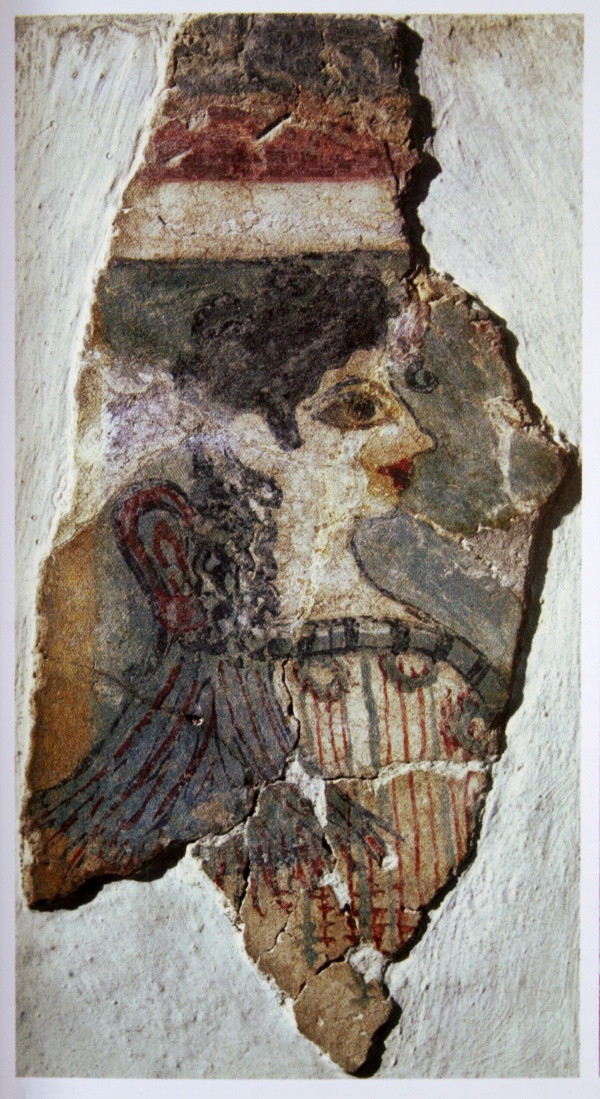Facts About La Parisienne
La Parisienne, also known as the Minoan Lady, is a captivating figure featured in the Camp Stool Fresco, which once adorned the walls of the Sanctuary Hall at the Knossos palace in Crete. This intriguing image shows her wearing a sacral knot at the back of her neck, hinting that she might have been a priestess or even a goddess. The name "La Parisienne" was given to her by Edmond Pottier because she reminded him of a fashionable Parisian woman of his time.
Archaeologists working at Minoan sites like Knossos, Zakros, and Pylos have discovered numerous items related to beauty routines. These artifacts, used throughout the Aegean Bronze Age, helped people emphasize features such as red lips and fair skin. In the fresco of La Parisienne, artists used black and red pigments to highlight her eyes and lips, respectively.
Dating back to the Final Palatial Period, around 1450-1350/1300 B.C., this artwork is now displayed in the Heraklion Archaeological Museum. La Parisienne not only offers a glimpse into Minoan beauty practices but also sheds light on the artistic styles of that era.

 Albania
Albania